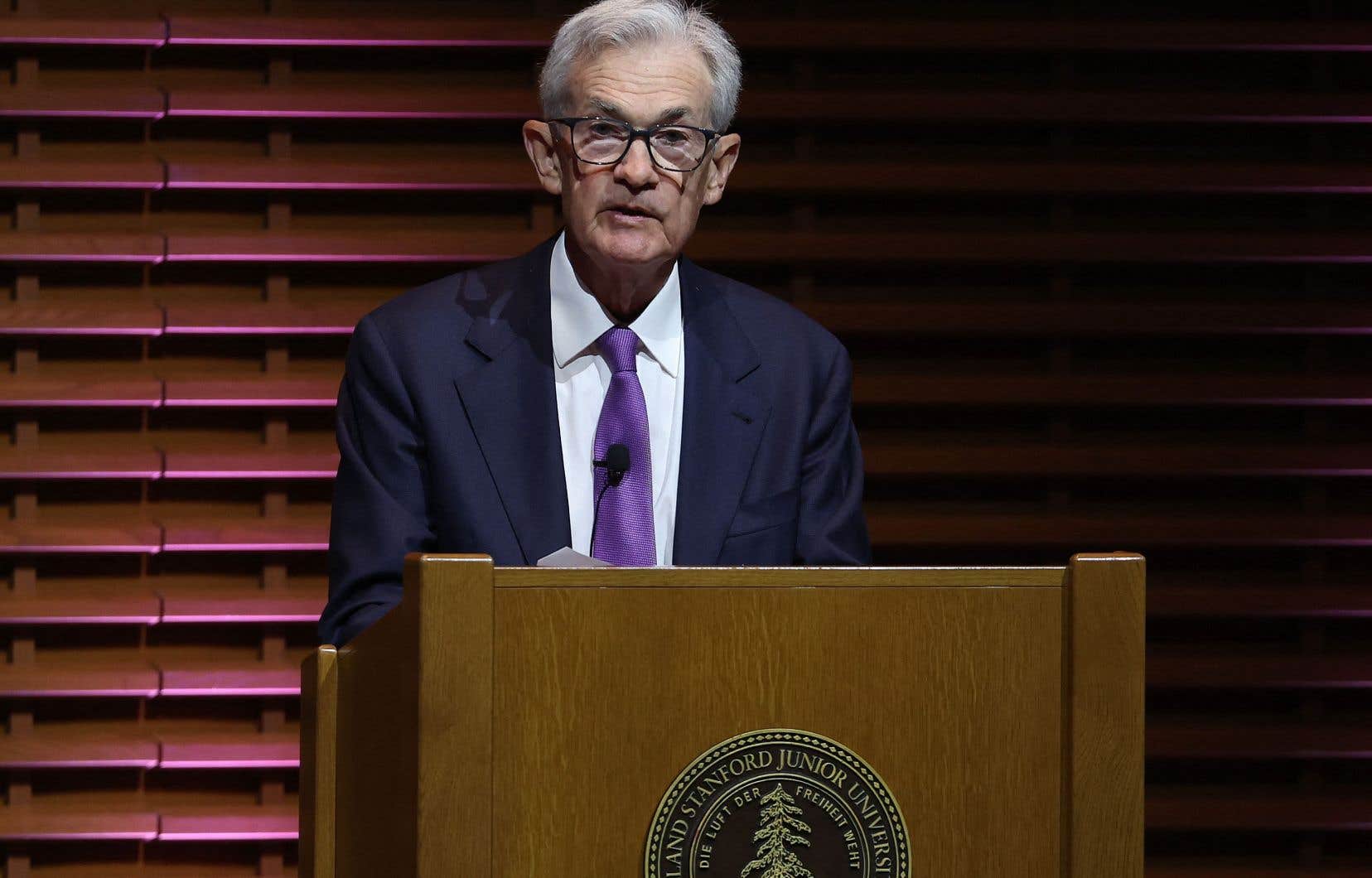The US Federal Reserve (Fed) kept its interest rates unchanged on Wednesday following its latest meeting, citing the recent “lack of progress” on the inflation front, but announced that it would will deflate the volume of assets on its balance sheet less quickly from June.
The American central bank has left its rates at the highest in more than 20 years, between 5.25 and 5.50%, a range within which they have been moving since July, it announced in a press release published in resulting from its meeting.
This has the effect of keeping interest rates on home loans, credit cards, car loans, etc. high, in order to prevent prices from continuing to soar.
Fed Chairman Jerome Powell is scheduled to hold a news conference at 2:30 p.m.
The Monetary Policy Committee (FOMC) states that “in recent months, there has been a lack of further progress toward the Committee’s goal of 2 percent inflation.”
Inflation seemed on track to gradually reach its 2% target. But since January, it has started to rise again, to 2.7% over one year in March, according to the PCE index favored by the Fed – the one it wants to reduce to 2% –, and to 3.5% according to the CPI index.
The Fed maintains “its position, as if doing a yoga pose. They must maintain rates, at least at the current level”, otherwise they face “a resumption of inflation”, commented Wednesday during a conference call (before the decision) Nela Richardson, chief economist of ADP , which publishes a monthly survey on private employment.
The markets, which were full of hope of seeing rates start to fall in June, are now betting instead on September, or even November, according to the CME Group estimate.
“The Fed will need several months of good news on wage growth and inflation,” notes Nancy Vanden Houten, economist for Oxford Economics.
Reduce the balance sheet more slowly
The Federal Reserve, however, is marking the beginning of an easing of monetary policy: it announced on Wednesday that it will reduce the volume of assets on its balance sheet more slowly from June.
The Fed’s portfolio had grown during the pandemic, when it massively purchased securities, flooding the market with liquidity to keep the financial system functioning.
Then, alongside rate increases intended to fight inflation, it sold securities, reducing its portfolio by 1,500 billion dollars.
The rebound in inflation in the United States contrasts with Europe, where the sharp slowdown in inflation is leading the European Central Bank (ECB) to consider a rate cut as early as June.
The American job market also remains too tight for the Fed’s liking. Official figures for April will be released Friday, but businesses in the private sector alone created 192,000 jobs in April, according to the monthly ADP/Stanford Lab survey released Wednesday.
To drive the point home, the employment cost index was much higher than expected in the first quarter, “suggesting that the deceleration of wages has stopped, at least temporarily”, notes Krishna Guha, economist for Evercore, an investment advisory company.
Jerome Powell is also expected to be questioned during the press conference about the November presidential election.
Although the Fed is independent of political power, the vote, which will pit Democratic President Joe Biden against his Republican predecessor Donald Trump, will be held the day before a meeting of the monetary policy committee.
